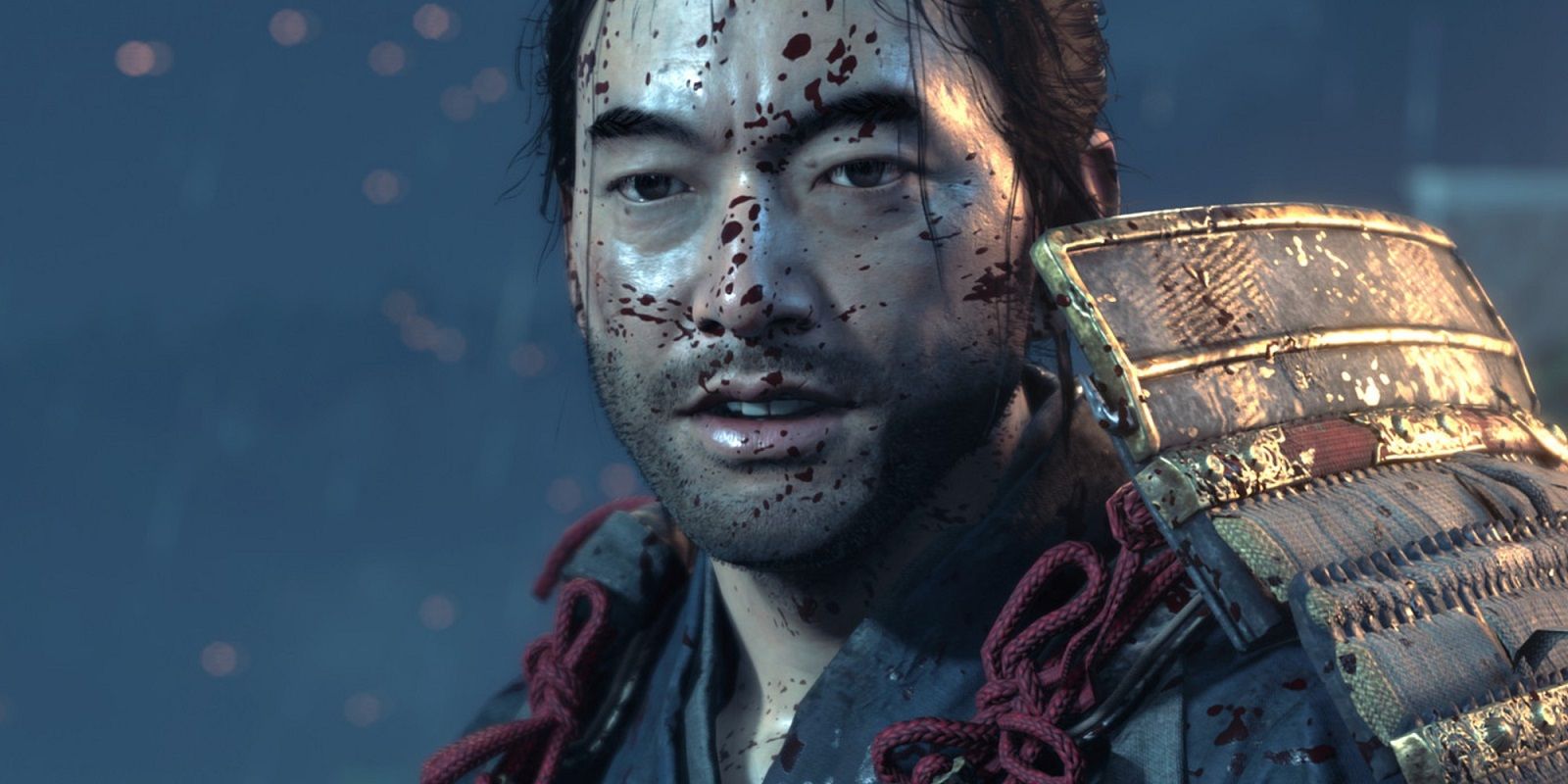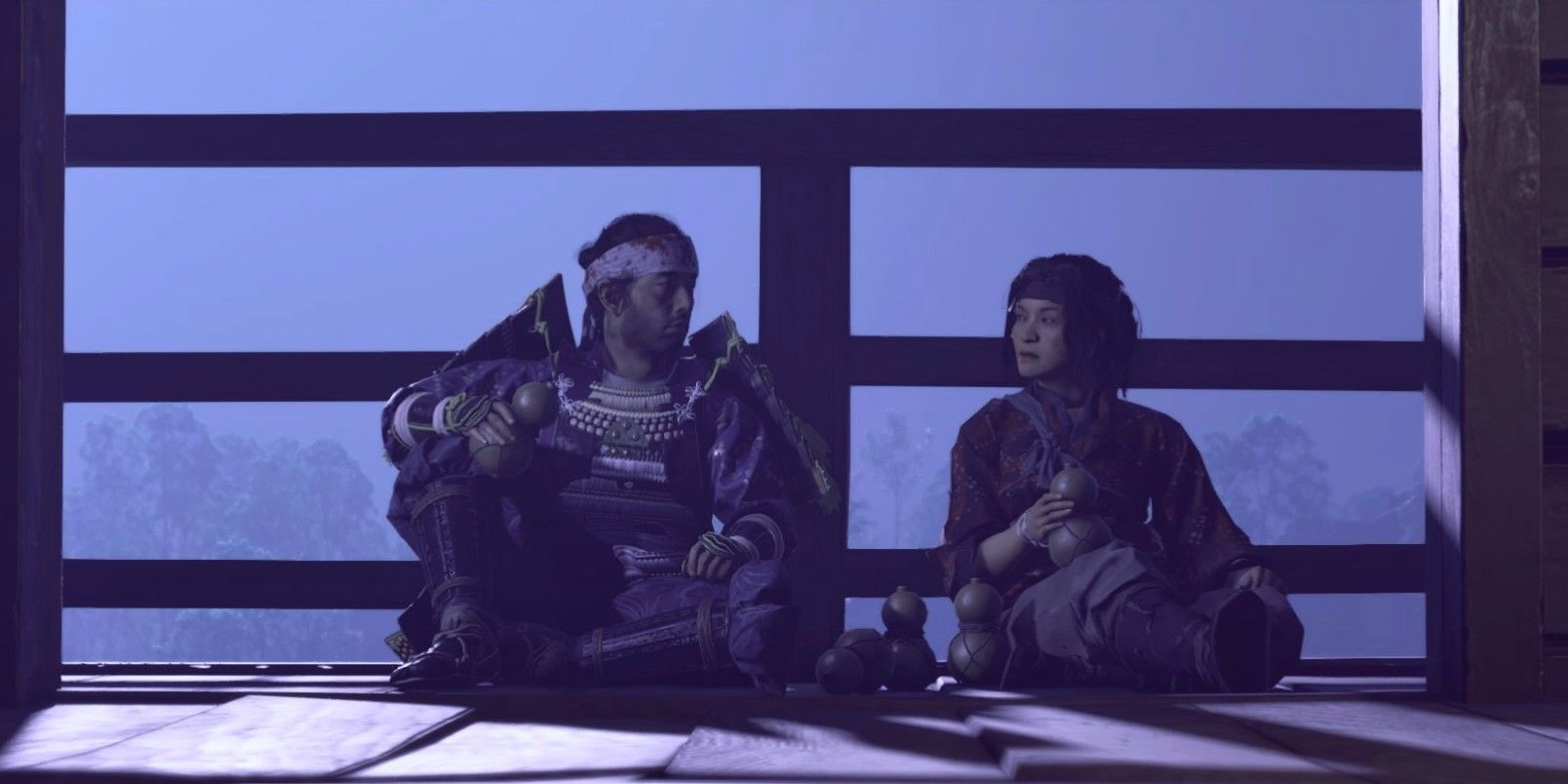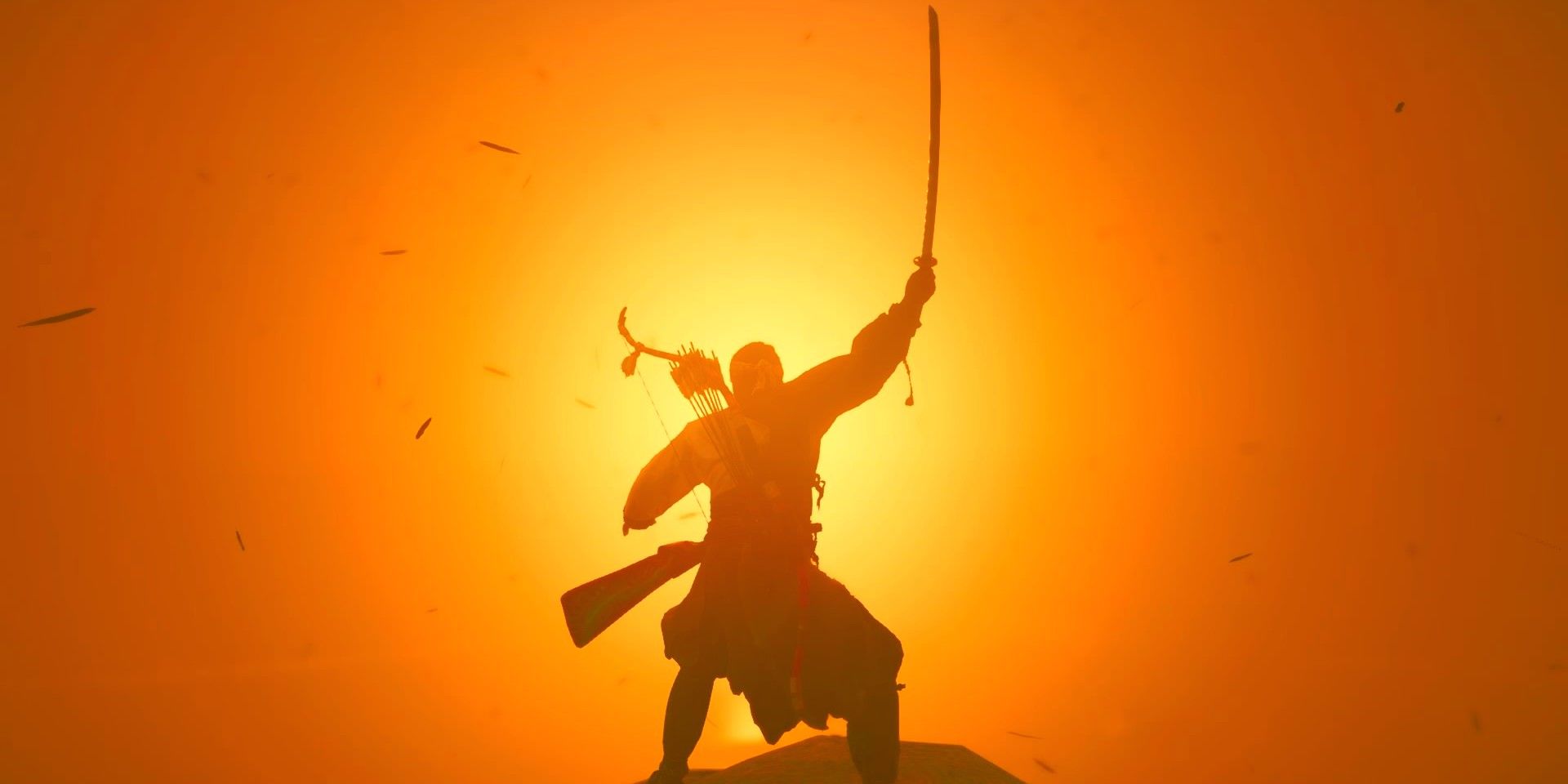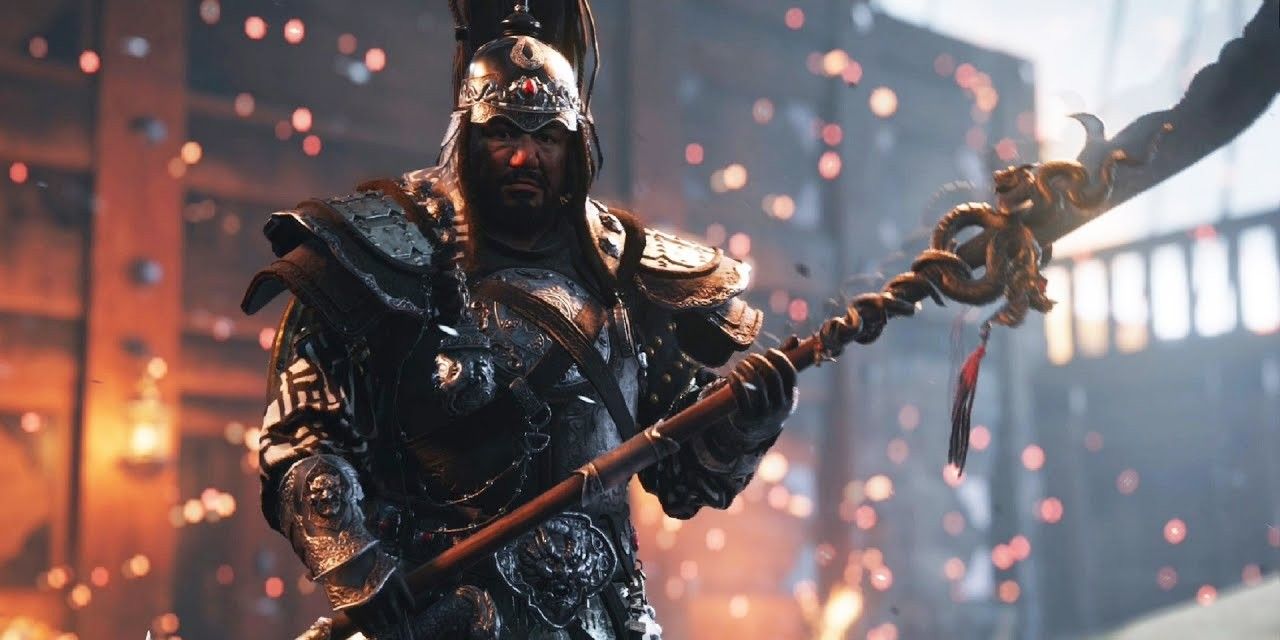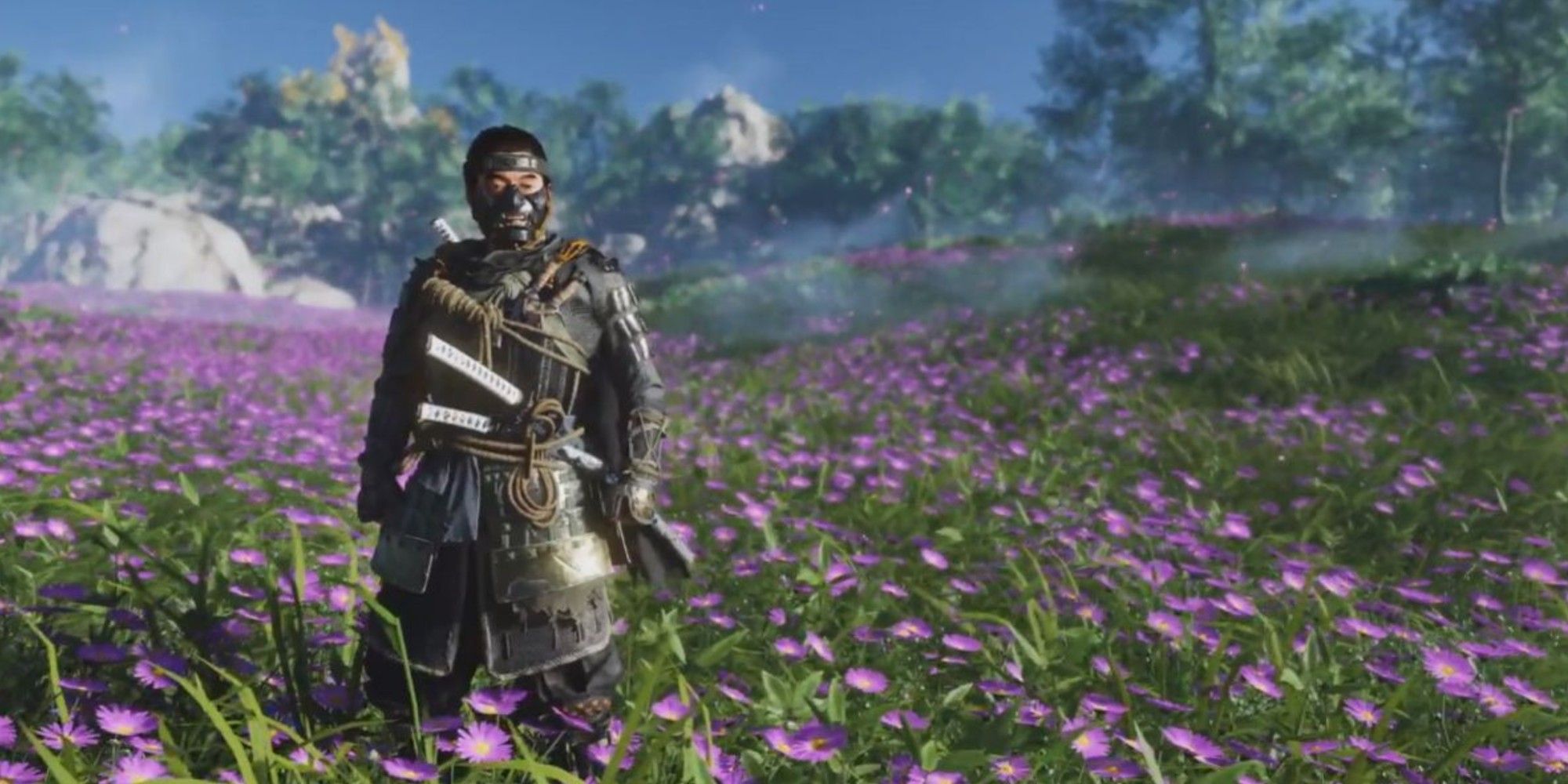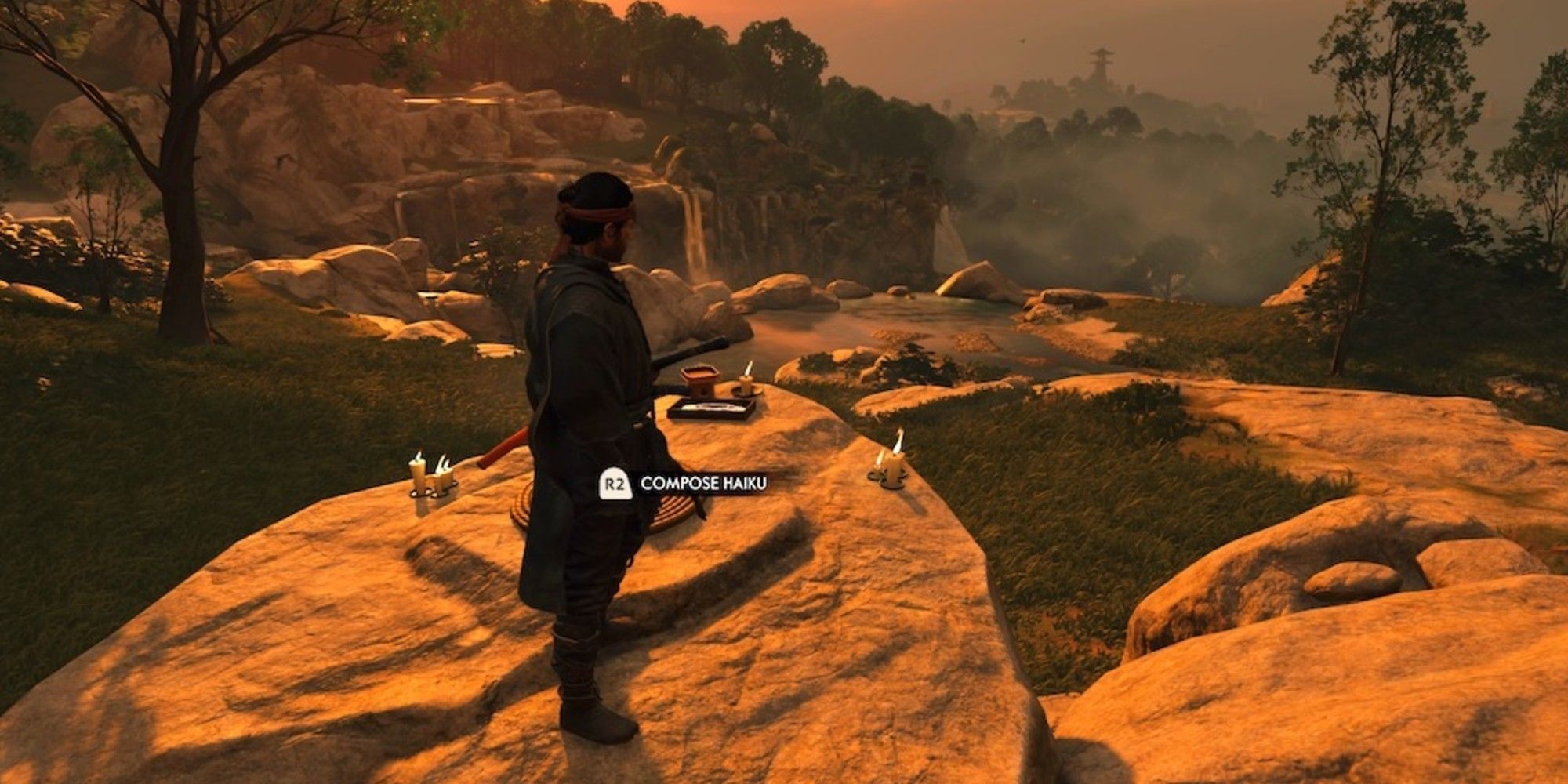Sucker Punch’s Ghost of Tsushima explores the events of the first Mongolian invasion of Japan by focusing on the small island of Tsushima, one of the first islands that the Mongols attempted to take hold of during the invasion. Jin Sakai is one of the remaining samurai warriors on the island, and he must rescue his uncle Lord Shimura in an attempt to stop his home from being overtaken by the Mongols.
Unfortunately, for players looking for a game that gives them a realistic depiction of samurai culture and combat in the 13th century, Ghost of Tsushima isn’t the right title. The game has received critical acclaim for its beautiful open-world environment and thrilling combat sequences. It takes much inspiration from pop culture representations of samurai, most notably black and white Kurosawa films from the 20th century. But it falters in terms of historical accuracy, as many of the elements incorporated in the game have been exaggerated or modified in order to give gamers a more well-rounded gameplay experience.
To be fair, Sucker Punch was vocal about the fact that they weren’t committed to historical accuracy long before the game hit shelves. "We're going to deviate from historical truth, we just want to do it intentionally," Sucker Punch co-founder Chris Zimmerman told GameSpot in 2018, two years before the game’s release. "The challenge for us, making a game in an original story but taking place in a real historical time, is making sure we're telling a story that people can relate to." Although Ghost of Tsushima had an excellent opportunity to educate players about samurai culture and life in feudal Japan during the 13th century, Sucker Punch prioritized gameplay experience over its commitment to realism, and therefore, created problems for historical accuracy fans in the following ways.
Ghost of Tsushima's Characters Are Entirely Fictional
Sucker Punch took a lot of liberties with creating fictional characters that aren’t based on anyone present during the real invasion of Tsushima. Protagonist Jin Sakai and his allies, including his uncle Lord Shimura and all the other characters in Ghost of Tsushima, are all made-up. Similarly, although there existed a real-life Sakai clan, it wasn’t established until the 14th century, a full century after the events of Ghost of Tsushima. It was also never led by anyone with the first name ‘Jin.’ In real life, the island of Tsushima was protected by the Sō daimyo family. Spearheaded by leader Sukekuni Sō, the clan led approximately 80 samurai warriors into battle at the start of the invasion. Most of the Sukekuni Sō family was wiped out, though, including Sukekuni Sō.
Similarly, while it was true that it was the Mongol invaders who attacked Tsushima, the names of the invaders in the game are all fictional. In Ghost of Tsushima, Khotun Khan is introduced as the leader of the Mongol invasion, and it’s even mentioned that he’s the grandson of real-life Mongol emperor Genghis Khan. In reality, however, it was Kublai Khan who led the charge against Tsushima. Kublai was a direct grandson of Genghis, and Khotun is clearly modelled off the real-life Mongol leader.
Ghost of Tsushima's Weapons Are Largely Inaccurate
Ghost of Tsushima gives the impression that both Samurai and Mongols utilize swords, armor, and other complex weapons during combat, when, in reality, this is far from the truth. To be fair, pop culture has played a part in making it seem as though samurai would use blades during battle. But during the 13th century, most samurai were taught to fight with a bow and arrow, oftentimes on horseback. Similarly, even the Mongols largely stuck to fighting with a bow and arrow around this time.
Even more telling, many of the weapons featured in the game wouldn’t have been around during the real-life events. Jin has access to weapons such as powder bombs and smoke bombs, but the problem is that these items would’ve been largely unavailable in 13th century feudal Japan. In fact, it is largely believed it was the Mongols who first introduced gunpowder to Japan during their second invasion, which would happen after the events of Ghost of Tsushima. “While the samurai made great use of gunpowder and guns in general from about the mid 1500’s, it was well after Jin’s time,” Paul O’Brien, a martial arts specialist, explained.
Back in 2018, Zimmerman warned players that the developers were taking a lot of liberties with combat in the game, implying they largely relied on pop culture representations of samurai versus prioritizing historical accuracy. “If you have an idea about what samurai look like or how they act or how they think we're going to give that to you," Zimmerman said. "Most people's idea is really based on an idea of samurai which is really more of a 16th-, 17th-, 18th-century idea of samurai; 13th century, historically, is pretty different." It goes beyond the weapons and armor, too, though, as players will notice that many of the characters perform moves that would’ve been out of place for the historical period. "There are things that Jin does when you're fighting that no samurai would ever do,” Zimmerman explained. “He does spin strikes, which are fun, they're very showy, they are completely … you would never do that [in real life]."
Ghost of Tsushima's Armor & Outfits Also Present A Problem
Just like Sucker Punch took liberties with the weapon selection in Ghost of Tsushima, they did the same with the outfit and armor variation. Many of the looks that players can dress Jin in didn’t exist during the time period and are more inspired by pop culture representations of Mongols and samurai than historical accuracy. The Katana, for instance, didn’t rise in popularity until the 1400s, well over a century following the events of the invasion of Tsushima. So, a samurai such as Jin certainly wouldn’t have worn one during the first Mongol invasion of Japan. Similarly, the Mongol armor isn't a completely accurate reflection of what the invading forces would've worn in the 13th century.
Ghost of Tsushima's Inaccurate Representations of Samurai Culture
Ghost of Tsushima presents a very idealistic representation of samurai, which isn’t wholly consistent with what their real-life behavior or morals would’ve been like. For instance, throughout the game, players are given the chance to do the ‘honorable’ thing by delivering a final, killing blow to a suffering enemy, which the game suggests was an important element in the samurai’s honor code. However, O’Brien explains that while it’s often seen as a move of compassion, it wouldn’t necessarily have been a priority during the Mongol invasion.
Rather, the incentive to finish off an enemy has to do with money, as samurai were paid “on the basis of having participated, fought, and killed enemies.” This could only be proved by taking back a piece of evidence – namely, the head of a victim. As such, delivering a final blow wasn’t about compassion or honor, but often about ensuring the samurai gets paid. O’Brien explains to The Sixth Axis, “Realistically it wasn’t likely that Jin was following a noble traditional code of conduct and acting compassionately, but 1) ensuring that they couldn’t come back and get him later, and 2) increasing his profit margins.” O’Brien also warns that many samurai would try to cheat the system, as samurai “would go in and simply collect one or two heads from the first bodies they came across” in order to provide proof of a killing.
This isn’t the only aspect of samurai culture that the game misrepresented. Throughout Ghost of Tsushima's story, the figure of the samurai is glorified. Jin is shown to be a hero of the people – he goes against his uncle Lord Shimura because he sees it as in the best interest of the people, even though it means giving up everything he’s worked towards. Jin routinely emphasizes that it’s the samurai’s job to protect those who cannot defend themselves. But, unfortunately, this is a very idealized representation of samurai beliefs, one not all samurai in the 13th century would’ve adhered to. In real life, the samurai were often regarded as the police or authority figures who were hired to keep peace in the area. In fact, many times samurai were directly hired by rich landlords to protect their estates, and so, they wouldn’t always have the interests of the common folk as their main priority.
Similarly, given how esteemed the role of a samurai was, they reserved the right to strike anyone who criticized them. There are countless times in which the commoners criticize Jin in Ghost of Tsushima, even after he’s saved their lives, but Jin largely ignores the backlash. In real life, however, it wouldn’t have been out of character for a samurai to confront individuals speaking poorly about him. In fact, in order to defend their honor, it may have even been expected that a samurai would address such slander, not just allow it to simply continue.
The Problem With Haiku In Ghost of Tsushima
Finally, it’s also worth noting that samurai in the 13th century wouldn’t have written Haiku. Although it was expected that samurai be trained in other arts alongside combat techniques, haiku, as it’s understood nowadays, didn’t emerge as its own form of poetry until the 1600s, GameSpot notes. This is roughly four centuries past when the events of Ghost of Tsushima take place. Similarly, the word ‘haiku’ wasn’t even used to describe this form of poetry until the 19th century. So, while the incorporation of haiku into the game is a nice touch, and a good way to break up all of the combat sequences, it’s another aspect that the game took liberty with for the sake of creating a more enjoyable gameplay experience.
Ghost of Tsushima may be one of the most fun games that was released in 2020, but it certainly isn’t fooling anyone when it comes to its lack of attention to historical details and accuracy.
Source: The Sixth Axis, GameSpot (1, 2)

